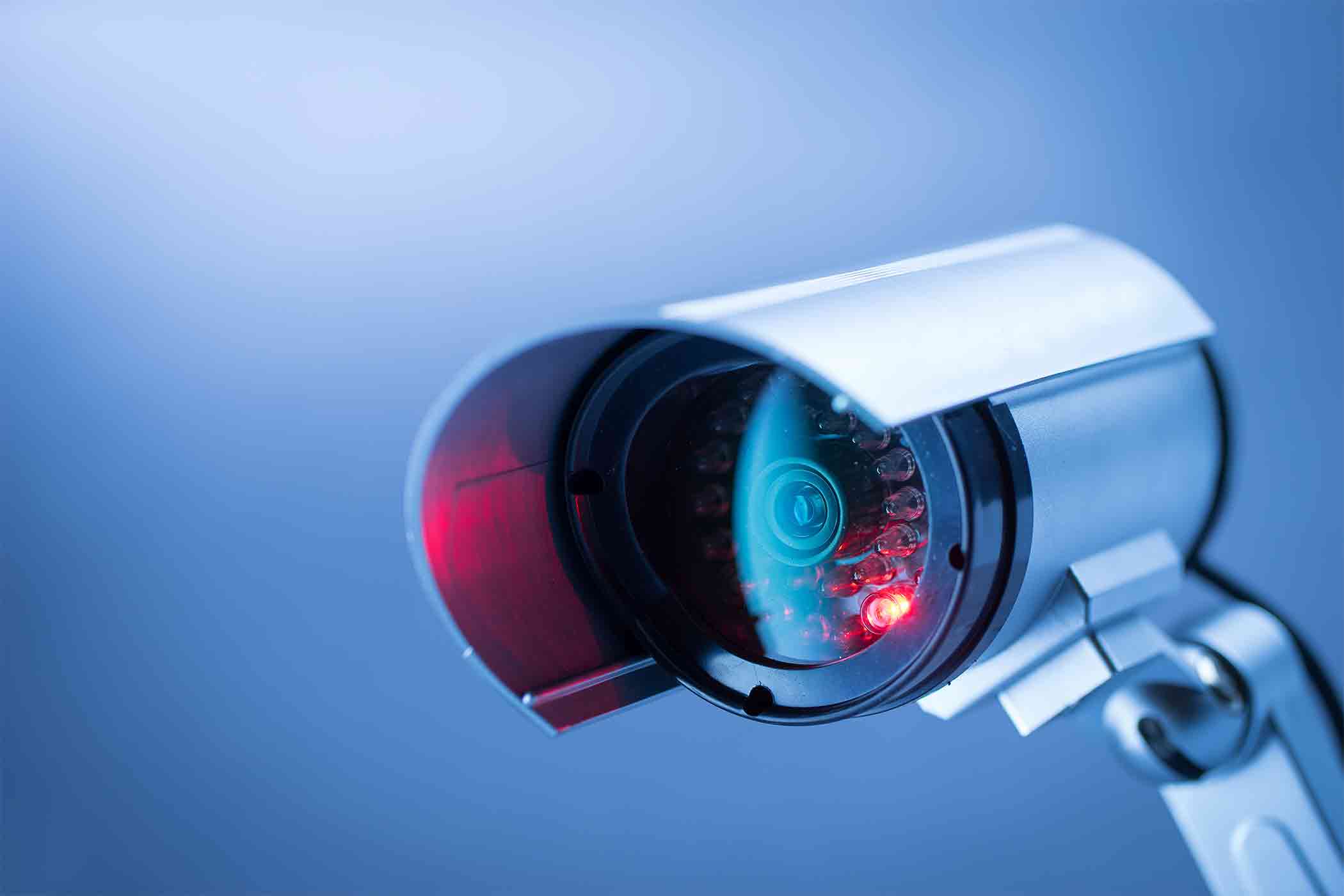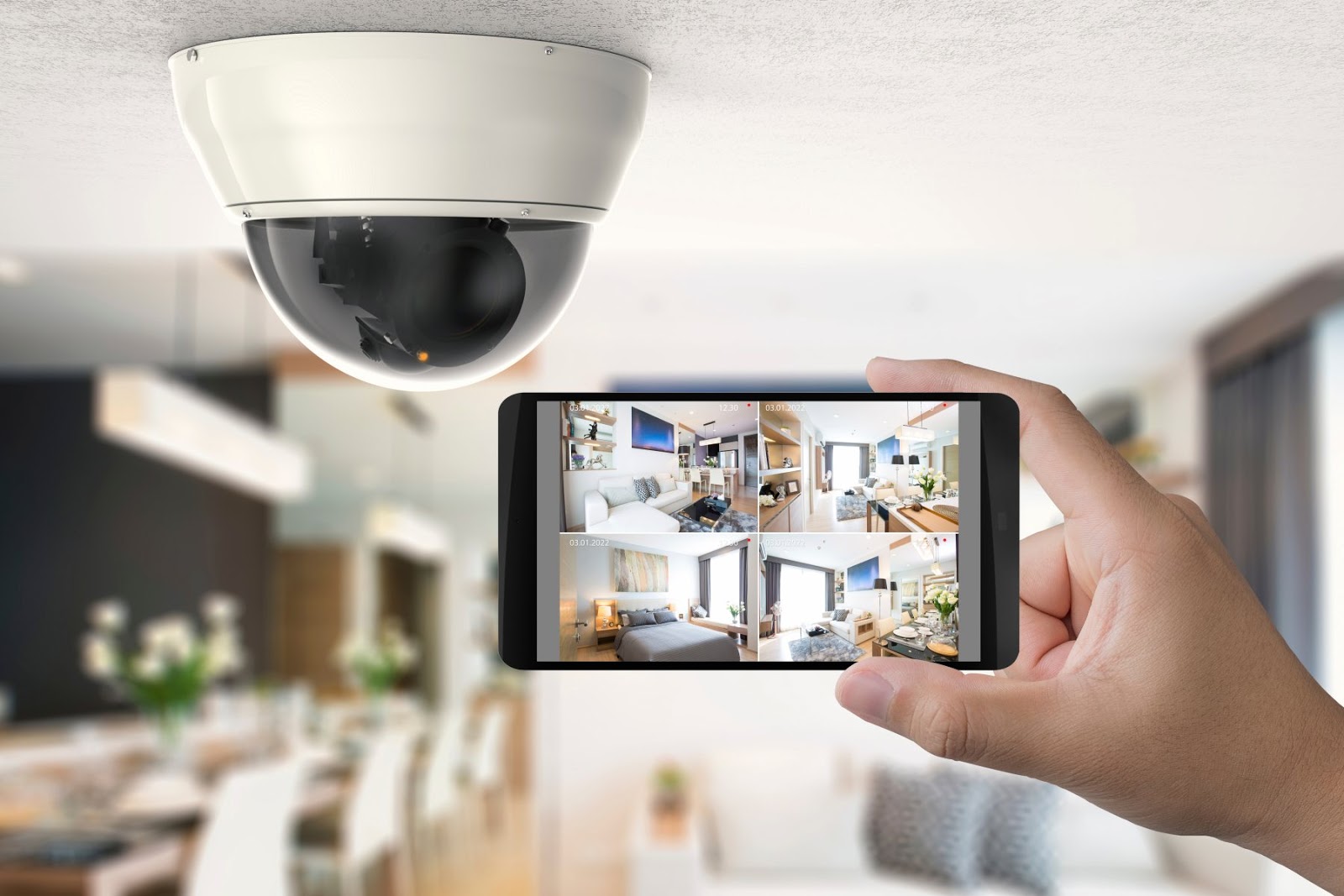CCTV systems can make the difference between a valuable home insurance discount and missing vital evidence when something goes wrong. Installing a system can be relatively easy but you need to think about the angle of the camera and the surrounding area carefully to avoid creating blind spots. The system will also need to be close to a power source, either directly or via a network video recorder (NVR) or even an analog recorder that works on blank tapes. Experienced installers use a DC power extension cable to lead the cables from the source to the camera location.
The first thing to consider is what information you want to collect and why, as this will govern how long you keep the images for. You should have a system that allows staff to easily view images and respond to police requests for them.

You should ensure that the images you are recording are clear and do not infringe on anyone’s privacy, such as people entering and leaving your property or public spaces. You will need to be able to demonstrate that you have a legitimate reason for using them and comply with any data protection laws in your jurisdiction.
Your camera should not point directly at any light sources such as lamps or bright windows, as this will wash out videos and images and may be illegal in some places. If this cannot be avoided, angling the camera towards the ground and/or backlighting the outdoor space with motion-detection lights are two ways to minimize the problem.
It is important to check with your local government before installing a sgcctv system, as rules and regulations vary from place to place. In general, homeowners are allowed to point cameras at their own gardens and shared spaces but not so as to violate neighbors’ privacy. Similarly, landlords can install cameras but not ones that violate tenants’ privacy, such as being pointed into their apartments and bedrooms.

A home security system Singapore should be able to turn off its audio recording if required, as this can be highly intrusive and is likely to breach data protection law in some jurisdictions. It should also not move unless there is a good and necessary reason to do so, as moving the camera could compromise its ability to capture images and be used for security purposes.
If you are not sure about the rules in your jurisdiction, contact a qualified lawyer. They will be able to help you with the specifics of your situation and provide advice on the best way forward.
This article is written by Santiago Jaramillo, a social media communicator and journalist with over 15 years of professional experience in the media industry. He was editor in chief of the online magazine “Ventas de Seguridad” from 2013 to 2016. He has contributed to numerous websites and magazines, both in English and Spanish. Santiago is passionate about technology, innovation and digital media. He believes that the internet can be a positive force for society, if it is used in the right way.
